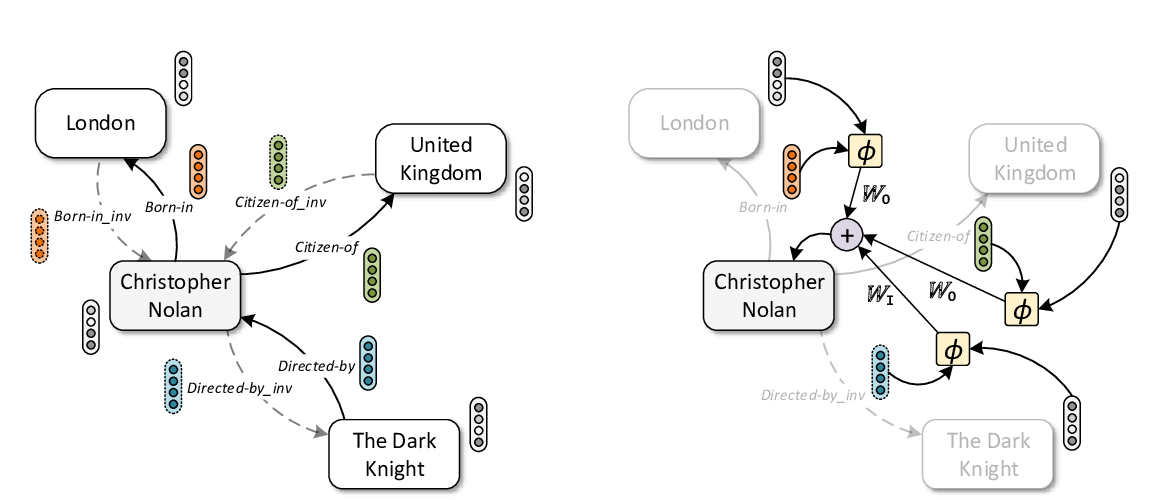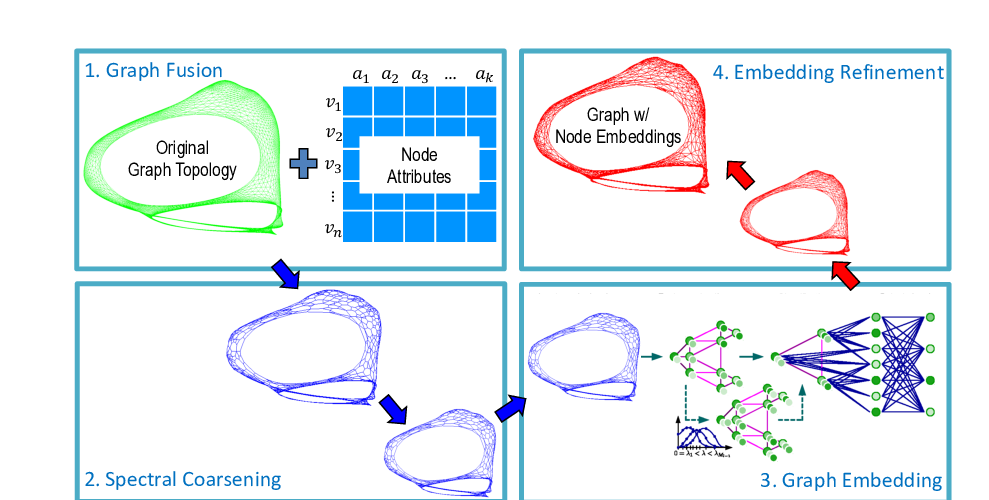Abstract:
In this work, we address the semi-supervised classification of graph data, where the categories of those unlabeled nodes are inferred from labeled nodes as well as graph structures. Recent works often solve this problem with the advanced graph convolution in a conventional supervised manner, but the performance could be heavily affected when labeled data is scarce. Here we propose a Graph Inference Learning (GIL) framework to boost the performance of node classification by learning the inference of node labels on graph topology. To bridge the connection of two nodes, we formally define a structure relation by encapsulating node attributes, between-node paths and local topological structures together, which can make inference conveniently deduced from one node to another node. For learning the inference process, we further introduce meta-optimization on structure relations from training nodes to validation nodes, such that the learnt graph inference capability can be better self-adapted into test nodes. Comprehensive evaluations on four benchmark datasets (including Cora, Citeseer, Pubmed and NELL) demonstrate the superiority of our GIL when compared with other state-of-the-art methods in the semi-supervised node classification task.


